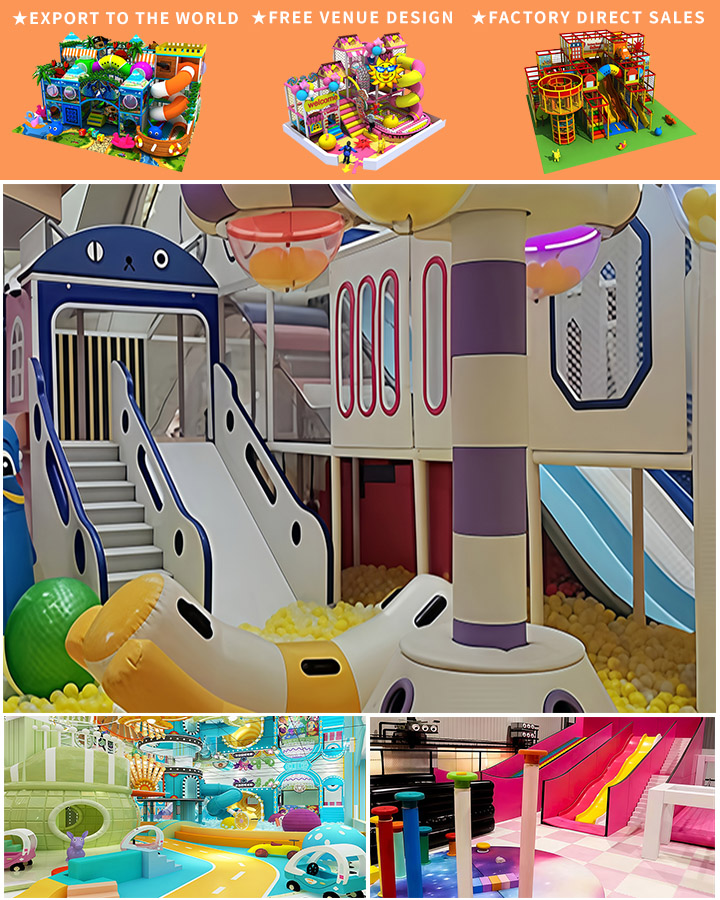Designing a small indoor playground for children in a school setting can be both a rewarding and challenging endeavor. The goal is to create a fun, safe, and developmentally supportive environment where kids can learn through play. A 300 square meter space provides ample room for a variety of soft play equipment that can cater to different age groups and interests. Here’s how you can transform this space into an engaging soft play room for your little ones.
Understanding the Essentials of Soft Play Equipment
Before diving into specifics, it’s important to understand what constitutes essential soft play equipment:
- Safety First: All materials should be non-toxic, free from sharp edges or points, and meet safety standards.
- Age Appropriateness: The equipment should be designed considering the age range of the children using the space.
- Durability: The equipment should withstand wear and tear from daily use.
Key Elements to Include in Your 300 Sqm Soft Play Room
Climbing Structures
Climbing walls, tunnels, and slides are staples in any soft play area. They help improve motor skills and provide physical exercise. For a 300 sqm space, consider modular climbing structures that can be reconfigured for different levels of difficulty.

Ball Pools
Ball pools are a hit with children as they offer tactile stimulation and encourage sensory exploration. Opt for large, deep pools to ensure safety and fill them with lightweight, non-toxic balls.
Interactive Panels
Interactive panels, like those featuring buttons, levers, and touch-sensitive screens, can stimulate cognitive development. These can be integrated into the design of the play area’s walls and floors.
Soft Obstacle Courses
Incorporate soft, cushioned obstacles such as balance beams, stepping stones, and weaving tunnels. These not only add variety to the play experience but also enhance coordination and balance.
Educational Zones
Set aside areas dedicated to educational play. This could include a mini library corner, puzzle boards, and interactive learning games. These zones encourage mental development and can be decorated with vibrant colors and educational posters.
Design Tips for Maximizing the 300 Sqm Space
Zone Definition
To make the most out of 300 square meters, clearly define different play zones. Use low walls or movable partitions to delineate areas without obstructing sightlines or creating claustrophobic spaces.
Flexible Furniture
Choose furniture and play equipment that are flexible in their use. Foldable or stackable items can easily be moved or stored away, making room for larger group activities when needed.
Natural Light
Wherever possible, incorporate natural light to create a welcoming and cheerful atmosphere. Large windows or skylights can make the space feel more open and inviting.
Comfortable Seating
Ensure there are comfortable seating areas for children who need a break from active play. Bean bags, soft mats, and child-sized chairs can make these areas both functional and cozy.
Conclusion
A well-designed 300 sqm small indoor playground can become the highlight of any school, offering children a safe and stimulating environment to play and learn. By carefully selecting and arranging soft play equipment, you can create a versatile space that caters to various needs and fosters overall development. Engage professional designers and consider feedback from educators and parents to ensure the final product is both functional and fun.




